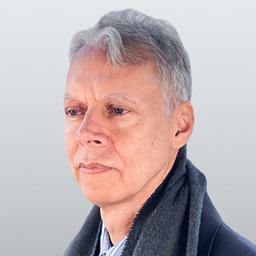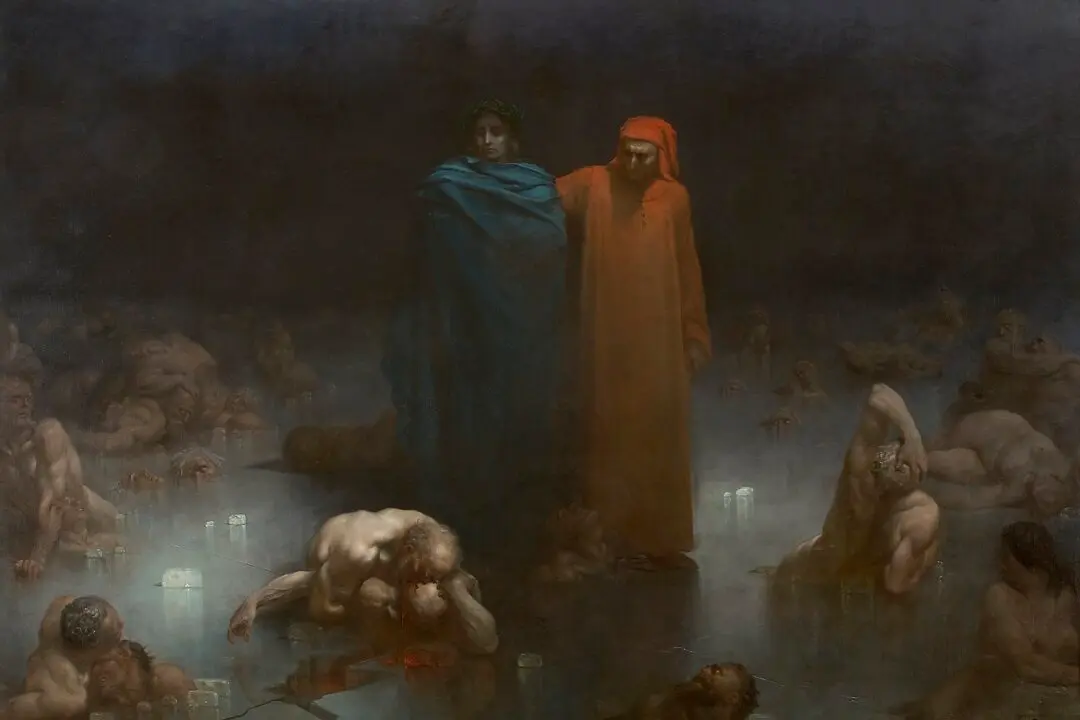Commentary
In the late ’90s and early 2000s, after the Campus Wars of the late ’80s and early ’90s had subsided, it became clear to conservative veterans of those prior disputes that however much political correctness in higher education had been exposed and denounced, and no matter how securely conservatives were able to draw the majority of ordinary Americans to their side, the faculty and administrators hadn’t slowed their progressive strivings one bit.





